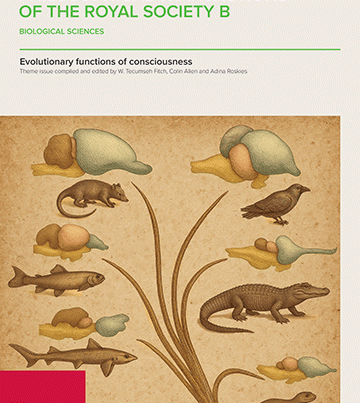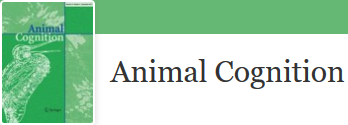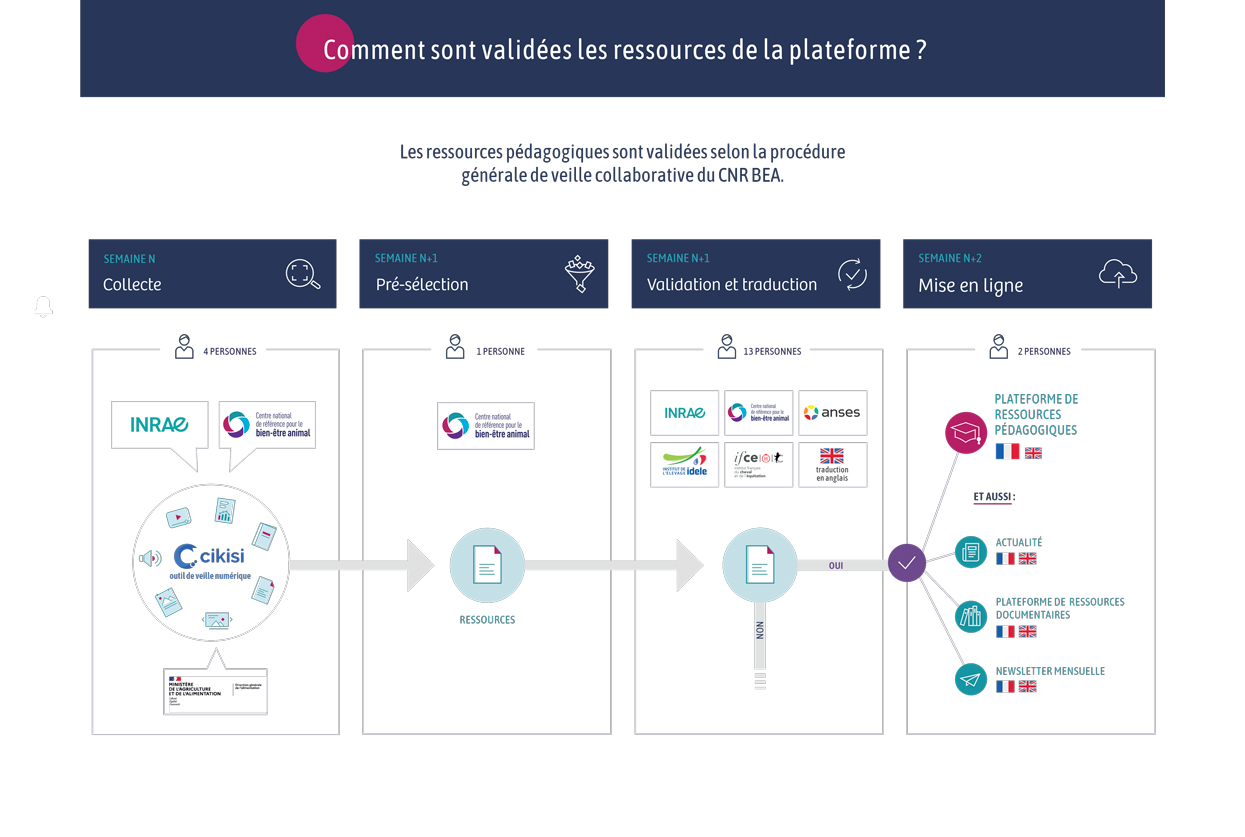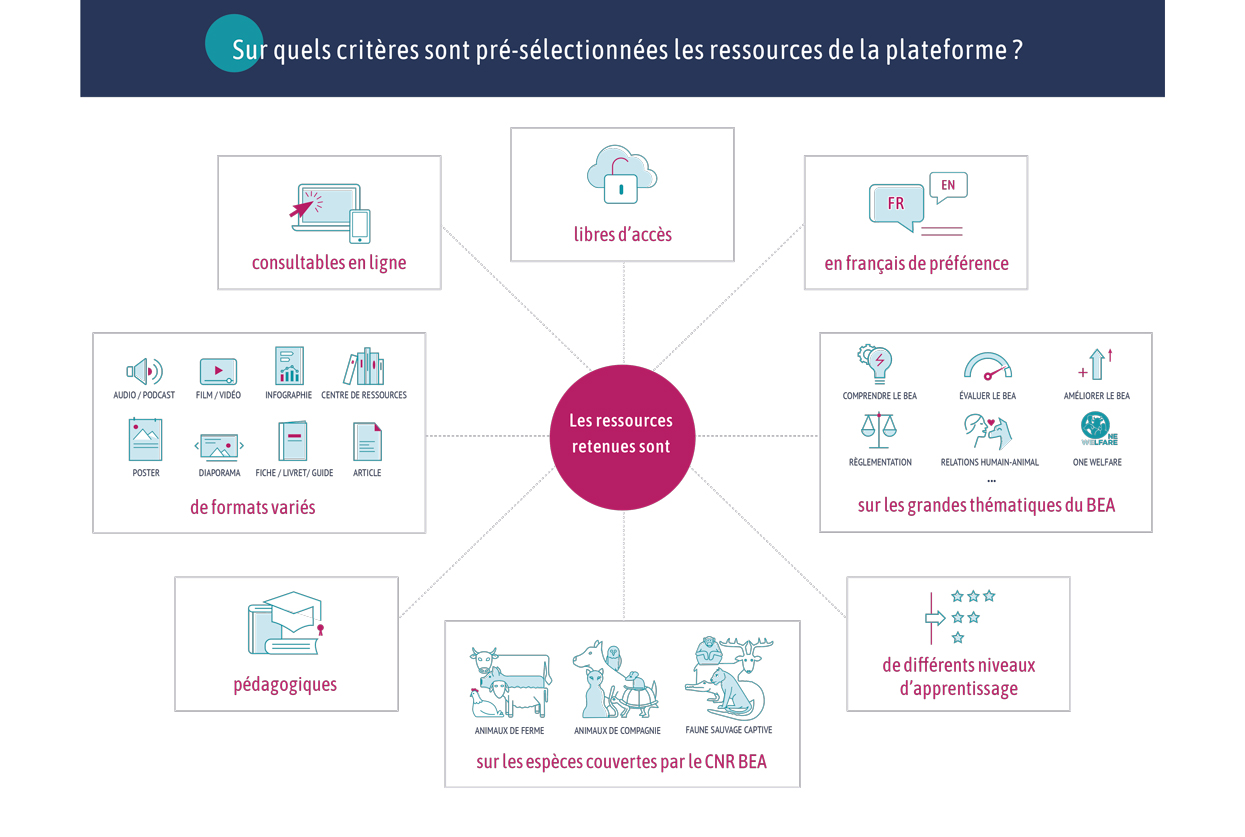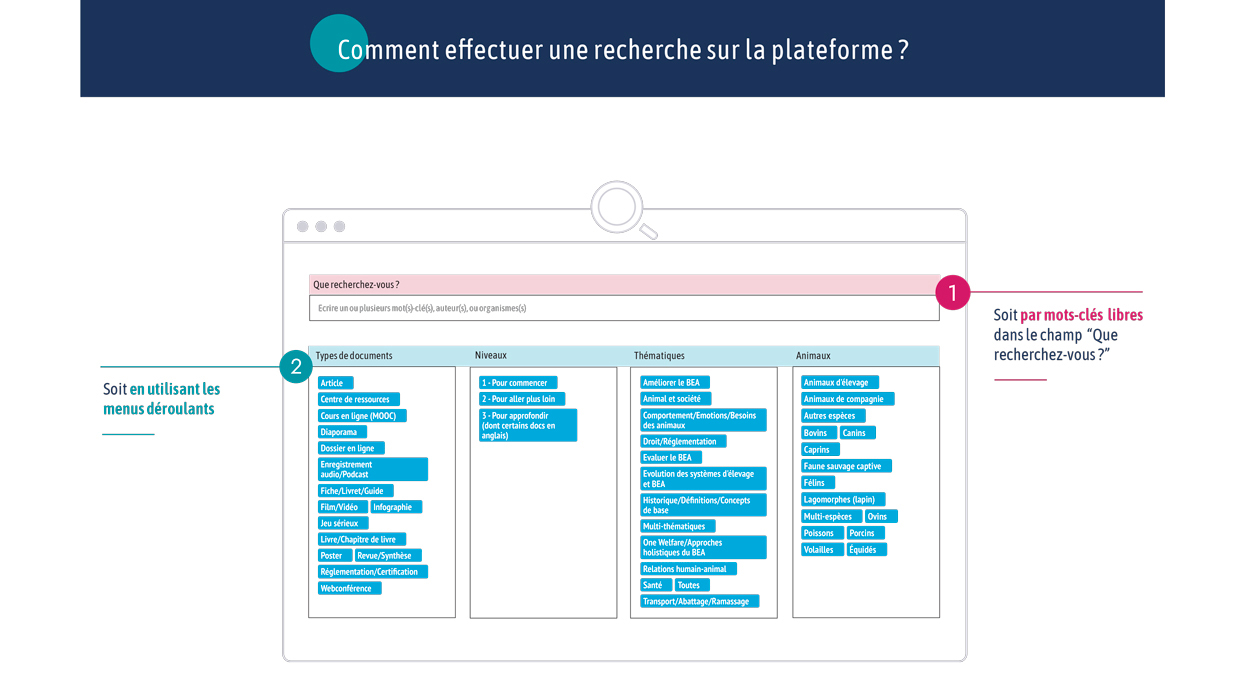18/09/2020 : Did we find a copycat? Do as I Do in a domestic cat ( Felis catus )
Type de document : article scientifique publié dans Animal Cognition.
Auteurs : Claudia Fugazza, Andrea Sommese, Ákos Pogány, Ádám Miklósi
Résumé en français (traduction) : Cette étude démontre qu’un chat domestique (Felis catus) peut apprendre à reproduire avec succès des actions effectuées par l’homme en se basant sur le paradigme « Fais comme moi ». Le sujet a été entraîné à reproduire un petit ensemble d’actions familières sur ordre » Fais le ! » avant le début de l’étude. Afin de tester la similarité comportementale et le contrôle de l’amélioration du stimulus, notre test consistait en une version modifiée de la procédure à deux actions, combinée avec le paradigme » Fais comme moi! « . Au lieu de montrer deux actions différentes sur un même objet à des sujets différents, nous avons appliqué une approche intra-sujet et montré les deux actions au même sujet dans des essais séparés. Nous avons démontré qu’un chat de compagnie bien sociabilisé était capable de reproduire des actions montrées par un modèle humain en reproduisant deux actions différentes qui étaient montrées sur le même objet. Notre expérience fournit la première preuve que le paradigme « Fais comme moi! » peut être appliqué aux chats, suggérant que la capacité à reconnaître une similarité comportementale peut se situer dans la gamme des aptitudes sociocognitives de cette espèce. La capacité à reproduire les actions d’un modèle humain hétéro-spécifique chez les chats bien socialisés pourrait ouvrir la voie à de futures études portant sur les capacités d’imitation des chats.
Résumé en anglais (original) : This study shows evidence of a domestic cat (Felis catus) being able to successfully learn to reproduce human-demonstrated actions based on the Do as I Do paradigm. The subject was trained to reproduce a small set of familiar actions on command “Do it!” before the study began. To test feature–contingent behavioural similarity and control for stimulus enhancement, our test consisted of a modified version of the two-action procedure, combined with the Do as I Do paradigm. Instead of showing two different actions on an object to different subjects, we applied a within-subject design and showed the two actions to the same subject in separate trials. We show evidence that a well-socialized companion cat was able to reproduce actions demonstrated by a human model by reproducing two different actions that were demonstrated on the same object. Our experiment provides the first evidence that the Do as I Do paradigm can be applied to cats, suggesting that the ability to recognize behavioural similarity may fall within the range of the socio-cognitive skills of this species. The ability of reproducing the actions of a heterospecific human model in well-socialized cats may pave the way for future studies addressing cats’ imitative skills.
Article ayant donné lieu à une actualité dans Science : Kitty see, kitty do: cat imitates human, in first scientific demonstration of behavior


